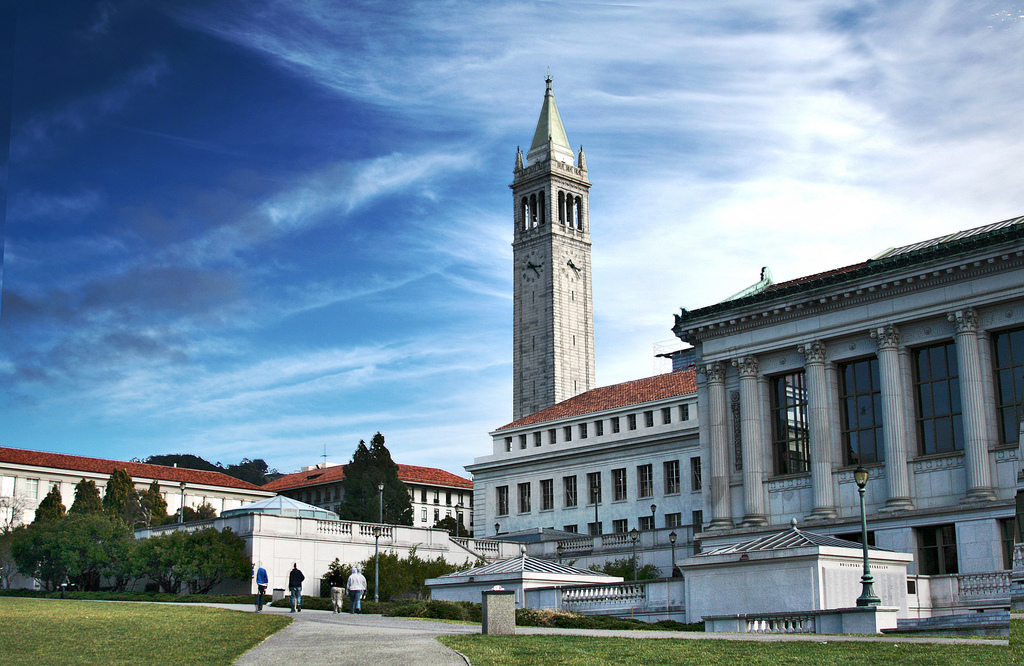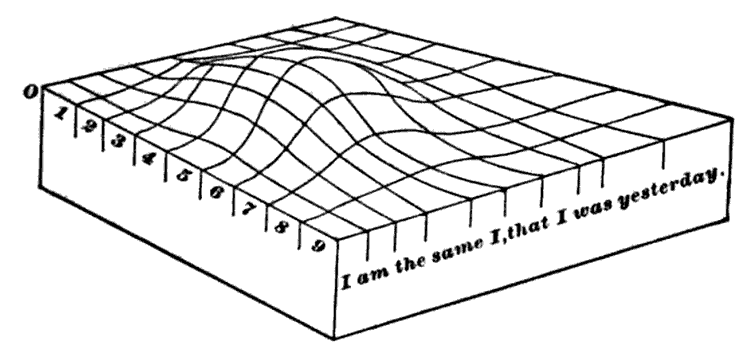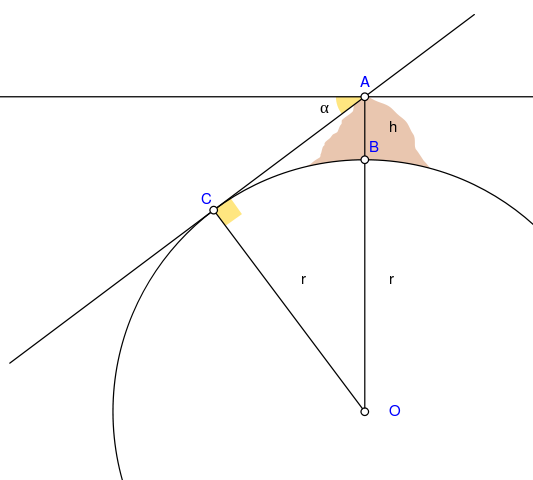In 1993, cognitive neuroscientist Stanislas Dehaene asked respondents to classify a number as larger or smaller than 65, using response keys held in their hands. Interestingly, the subjects who held the “smaller” key in their left hand and the “larger” key in their right responded more quickly and with fewer errors than those in the opposite group. This suggests that we carry around a mental number line in our heads, implicitly associating left with “small” and right with “large”; the subjects in the slower group may have been fighting against this prejudice. Dehaene calls this the SNARC effect, for “spatial-numerical association of response codes.”
The effect was borne out in later studies. When subjects were asked to cross their arms, the group whose “smaller” button lay to their left were still faster than their counterparts. And the effect still obtains regardless of the range of numbers used, and even in tasks where the size of the number is irrelevant: In another experiment subjects were asked to report whether a given number was odd or even; here again, responses to numbers in the upper half of the test range were quicker when the appropriate response key was on the right, and likewise for small numbers on the left.
Interestingly, Iranian students living in France who had initially learned to read from right to left showed a reverse SNARC effect (associating small numbers with the right and large numbers with the left) if they’d recently immigrated, but those who had lived in France for some time showed the same SNARC effect as native French students.
“Very probably, then, this number-space association is learned, not innate,” writes M. Giaquinto in Visual Thinking in Mathematics. “But there may very well be an innate propensity in operation here. A left-right association has been found for familiar ordered sets of non-numerical items, namely, months and letters. This suggests that we have a tendency to form a linear spatial representation of any set of things whose customary presentation is well ordered (in the mathematical sense).”
(S. Dehaene, S. Bossini, and P. Giraux, “The Mental Representation of Parity and Numerical Magnitude,” Journal of Experimental Psychology: General 122, 371-396. See Number Forms.)







